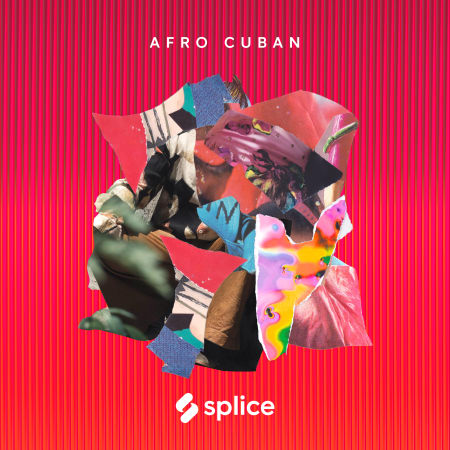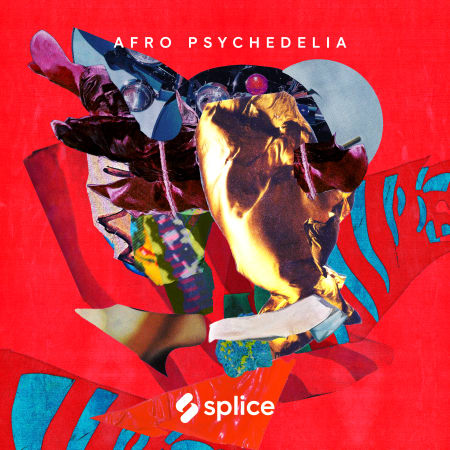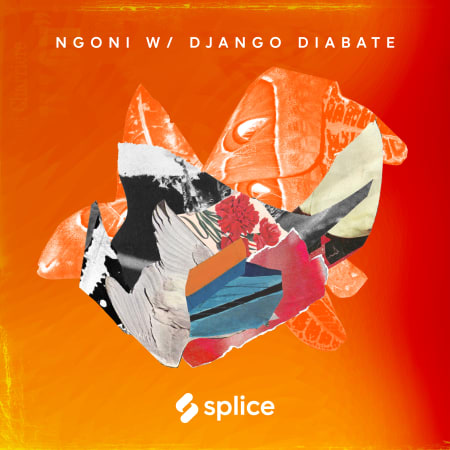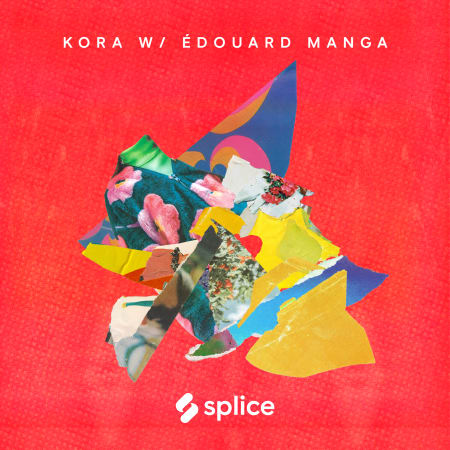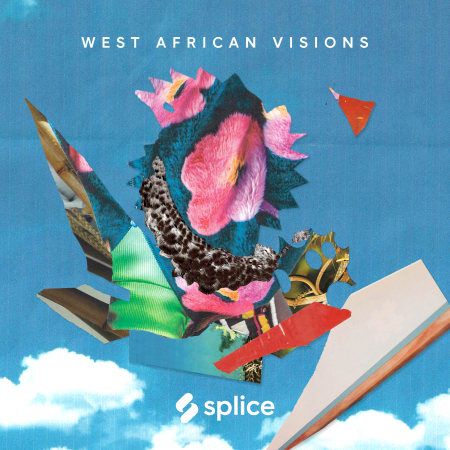As soukous music spread across Africa in the 1970s, it became an influence on virtually all the styles of modern African popular music including highlife, palm-wine music, taarab, and makossa. As political conditions in Zaire deteriorated, some groups made their way to Tanzania and Kenya. By the mid-70s, several Congolese groups were playing soukous at Kenyan night clubs. The lively cavacha, a dance craze that swept East and Central Africa during the seventies, was popularized through recordings of bands such as Zaiko Langa Langa and Orchestra Shama Shama, influencing Kenyan musicians.
This rhythm, played on the snare drum or hi-hat, quickly became a hallmark of the Congolese sound in Nairobi and is frequently used by many of the regional bands. Several of Nairobi's renowned Swahili rumba bands formed around Tanzanian groups like Simba Wanyika and their offshoots, Les Wanyika and Super Wanyika Stars.
Soukous became popular in London and Paris in the 1980s. According to a 2002 New Yorker article, in 1976, “there were already more than a million Africans living in the country [France], many of whom came from the French-speaking nations of Gabon, Benin, Togo, Mali, Chad, Ivory Coast, and Senegal, as well as from Zaire—the country now known as Congo—whose music, called soukous, or just la musique moderne, was the least parochial and most widely embraced throughout Africa. Moreover, a number of the Congolese expatriates living in Paris happened to be that country’s greatest musicians. And even though there was nowhere to buy African music in France in the mid-seventies, much of it was actually being recorded in studios in Paris and in Brussels and shipped back to Africa for release.”
This is quite a common narrative among the musical styles of Africa—to be exported, absorbed into and influenced by other cultures, and returned home and be re-incorporated into African culture with a new life that’s both familiar and fresh.











